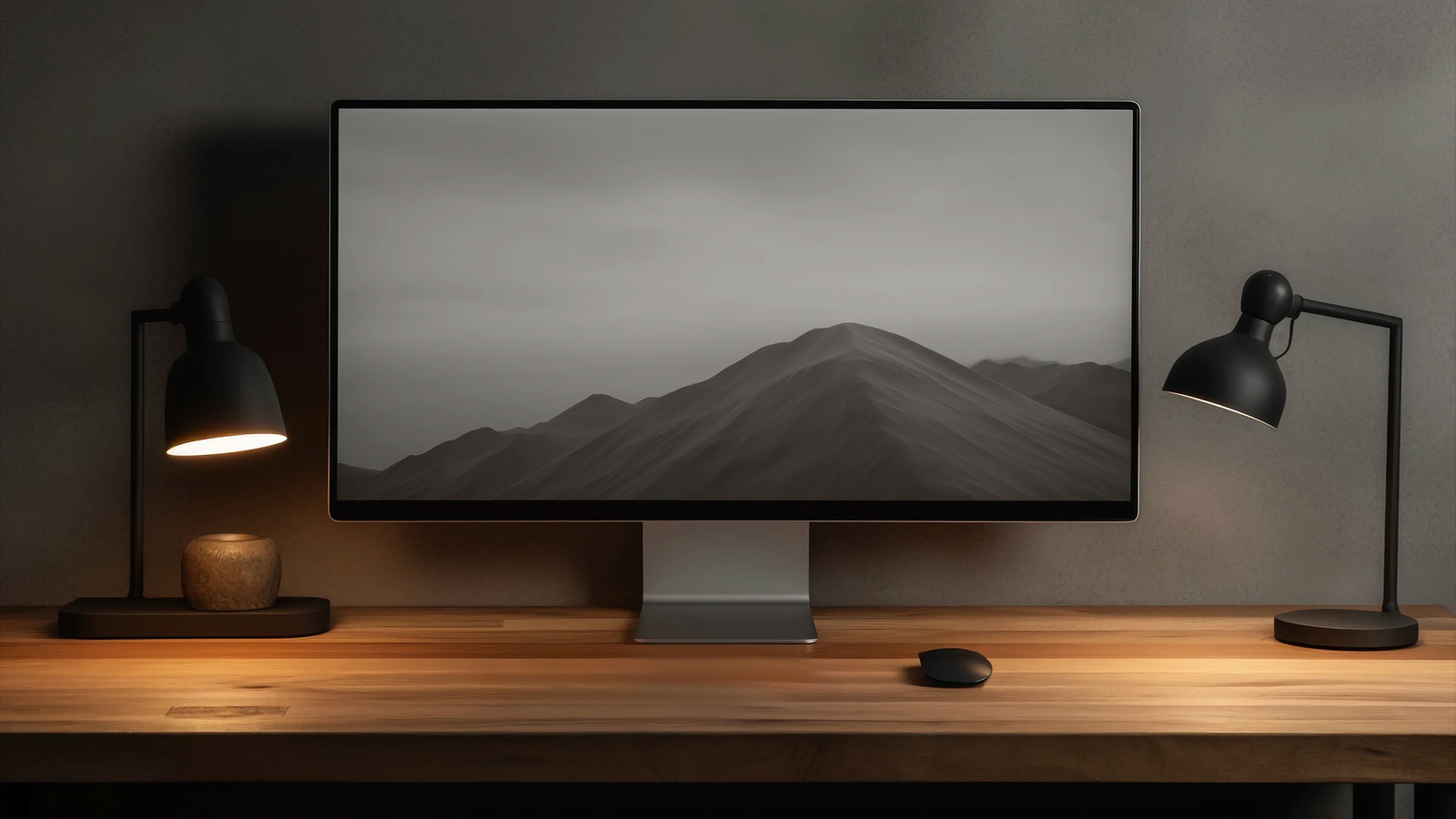When buying a new monitor, one decision cannot be avoided, and that is the resolution. However, pixel specifications tend to be almost meaningless numbers just thrown about in specification papers to seem cool to less tech-savvy people.
Are monitors really that hard to choose? It is. In 2024, the entire monitor market was valued at $70.75 billion. Not only that, it was projected to reach $74.11 billion in 2025. This was with a compound annual growth rate (CAGR) of 4.7%.
The thing is, the resolution of your display defines the essence of all the interactions you are going to have with your display, like how sharp the text in your spreadsheets is going to be, how immersive your favorite games are going to be.
It is through this rather extensive blog post that we will uncover the three prevailing resolution standards and find your way through the marketing jargon to what actually performs best with your particular needs and budget.
What is Resolution? An Overview of it
Resolution is the number of pixels your display is capable of showing, which has a direct impact on sharpness and visual fidelity. Suppose a manufacturer proudly talks about its 1440p 144Hz monitor and they’re allowed to do that; every company should advertise its products. But to most people, it would seem like a big deal. It sounds like it is, it can just get confusing.
Adding to that, unfortunately, another favorite of manufacturers is to use different names to refer to the same set of specifications, which can cause additional unnecessary confusion in this complicated market.
So what does this all mean? Well, to put it simply, resolution is a collaboration between screen size and aspect ratio to identify your true watching experience. But this is a figure that only tells you a small part of the story.
Breaking Down the Big Three: 1080p, 1440p, and 4K
This is the true meaning of the numbers and why they are important:
Full HD (1080p)
- Technical specs: 1920×1080 pixels (2.1 million total)
- Alternative names: Full HD, FHD
- Typical screen sizes: 22-27 inches
- Price range: Low to medium
1080p has not been reinvented in the larger sense of the word because there is some sense in leaving it as a standard. Why is that?
It provides good image quality without consuming so much processing capabilities on your graphics card. The resolution is great in competitive gaming situations in which display speed is more important than display quality, and it is more than sufficient in most general computing tasks.
Quad HD (1440p)
- Technical specs: 2560×1440 pixels (3.7 million total)
- Alternative names: QHD, 2K, Quad HD
- Typical screen sizes: 25-32 inches
- Price range: Medium to high-end
1440p offers a lovely middle ground in between visual performance and working necessity. Having 78% extra pixels in comparison to 1080p, you can see much sharper text and more detailed images, without having the huge hardware requirements of 4K.
The resolution category is the broadest category with differing selection in the specialized monitors, including high-refresh gaming displays and color-accurate professional panels.
Ultra HD (4K)
- Technical specs: 3840×2160 pixels (8.3 million total)
- Alternative names: UHD, Ultra HD, 2160p
- Typical screen sizes: 27-48 inches
- Price range: Medium to high-end
4K gives you unrivaled crispness with four times more available pixels than 1080p. Text is crisp, subtle details can be seen in photos and videos, and you will be able to see a lot more content on the screen at a time.
But such visual luxury has its costs: it requires more hardware; it is more expensive; and may have scaling issues that shrinks interface elements relative to what they should be.
Beyond Basic Specs
Aspect Ratios and Display Shapes
The 16:9 aspect ratio is typical of standard monitors and allows them to match most video content as well as offer comfortable proportions. Nonetheless, other ratios are used to fulfill a certain purpose:
Image Source: Rtings
Other ratios have however other purposes:
- The 21:9 or 32:9 ultrawide displays are stretched horizontally which provides the feeling of an immersive gaming environment and wide workspace areas to do productive work. The broader dimensions alter your relationship to content on a basic level.
- Legacy resolutions (4:3, 16:10) is a technology that is less common on current day monitors, but are still prevalent on laptops and dedicated professional displays.
Refresh Rate Considerations
Refresh rate and resolution are in a perpetual conflict. Greater resolutions require greater graphics processing, which in most cases restrict maximum refresh rates unless you spend top money in purchasing an extreme piece of equipment.
There is a dilemma that is more typical of game and excelling gamers: to get super smooth 240Hz+ gameplay, you usually have to go down to 1080p, and 4K performance usually stops at 60-120Hz across the board.
This new sweet spot is in 1440p at 144-170Hz refresh rate, providing better quality of visuals with great motion fluidity.
The Technical Side You Should Know
Subpixel Architecture Matters
Pixels are not equal. That being said, some of the technology is similar to each other.
Most display monitors are using an RGB (red-green-blue) subpixel arrangement that will display text cleanly, yet there are those that have used alternative ways:
- Text clarity may be affected by use of BGR layouts (more prevalent on TVs)
- OLED screens employ RWBG patterns which can interfere with the clarity of text
- QD-OLED pillars use triangular RGB arrangements with distinct features
Despite the fact that OLED technology is gaining traction, most LED monitors use regular RGB designs that do the best job of translating text onscreen.
Distance and Perception
The distance you sit changes the resolution enhancement dramatically based on where you sit.
8-10 feet of distance, though, gives the benefits of 4K little to no notice above 1080p, and sitting with the screen at 2-3 feet in front of you will enable you to have a more enjoyable experience on higher resolutions.
This principle is of greater importance when it comes to TV watching, though desktop users usually sit with sufficient closeness to enjoy the improvement in resolution.
Final Thoughts
There is no best resolution, just the best one that applies to your situation. Make this choice with your main use cases, hardware capabilities, the budget, and personal preferences in mind.
1080p is still fully acceptable in gaming-oriented systems, and lower-cost consumers. 1440p is highly versatile in general-purpose usage. 4K is the unequalled image quality in high-end work and future compatibility.
Keep in mind that resolution is only a part of your total display experience. The panel technology, the accuracy of the colors, the quality of the build, and the features in any monitors that you may buy contribute to your satisfaction towards the purchase.


